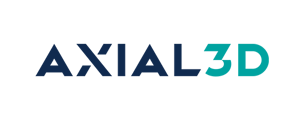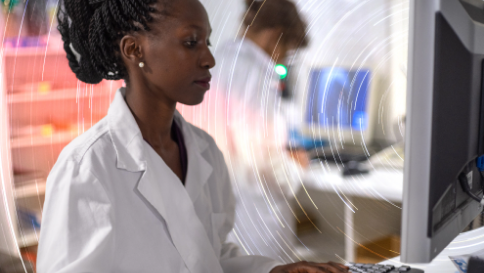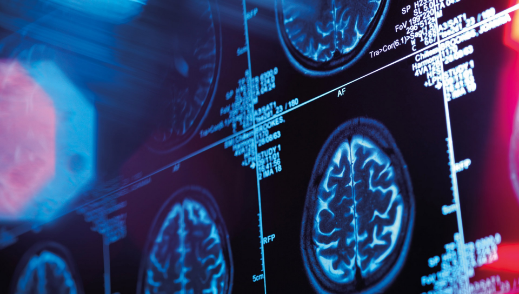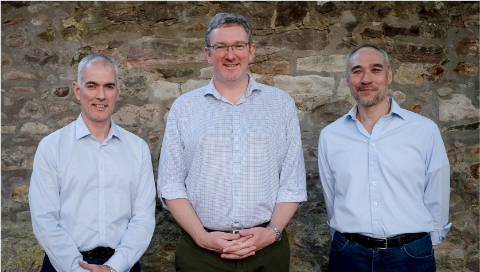Axial3D
Conversion of CT and MRI images into patient-specific 3D visualizations or 3D printed models.
Company Overview
Medical 3D Print Request Module
Provides instant secure data transfer to Axial3D’s Medical Printing Team, a managed account for service users, and web and mobile-enabled medical 3D visualization and annotation tools.
Managed service for 3D printed models
Provides 3D printing of 1:1 scale replicas of patient’s anatomy with transparent and fixed pricing, smooth service roll-out and high clinician engagement across many surgical specialties.
Service Flexibility
Axial3D supports a range of onsite/off-site 3D printing service solutions. All anatomical regions are printable, with advanced medical image segmentation of CT and MRI.

Modalities
Subspecialities
Applications available

Axial3D
AI-powered patient-specific solutions which can turn your 2D patient data, such as CT and MRI into 3D visuals and printed models.
CE
FDA
CT
MR
MSK
Breast
Cardiology
Neuro
Pediatric
General/Other
To find out more about Axial3D’s solutions, or the 100+ other applications on the Blackford Platform, book a discovery call with our team.

Book a meeting
We’d welcome the opportunity to learn more about your AI needs and to explain how partnering with Blackford can drive efficiency and provide ongoing value.
Book a Meeting









